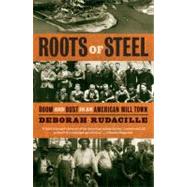
What is included with this book?
Deborah Rudacille is a science writer and the author of The Riddle of Gender: Science, Activism, and Transgender Rights and The Scalpel and the Butterfly: The War Between Animal Research and Animal Protection. She lives in Baltimore, Maryland.
Visit the author’s website at: www.deborahrudacille.com.
The New copy of this book will include any supplemental materials advertised. Please check the title of the book to determine if it should include any access cards, study guides, lab manuals, CDs, etc.
The Used, Rental and eBook copies of this book are not guaranteed to include any supplemental materials. Typically, only the book itself is included. This is true even if the title states it includes any access cards, study guides, lab manuals, CDs, etc.